Need Help? Get Support!
Email us: [email protected]
Free Shipping on All Orders
Ships same day if ordered before 2PM CST
30 Day Free Returns
Return it, no resotcking fee
The Importance of Bump Testing and Calibration Gas for Gas Detectors
Ensure the accuracy and reliability of your gas detectors with proper bump testing and calibration. In this article, we will explore the significance of using calibration gas, especially 100 ppm, 75 ppm, LEL methane, and 100 ppm carbon monoxide, to ensure the functionality of your gas detection equipment. Learn about the importance of regular testing, how to perform a bump test using bump-n-go cylinders, and why calibration gas is crucial for keeping your gas detectors in optimal condition. Read on to understand why bump testing and calibration gas are vital for the safety of workers and the effectiveness of gas detection systems.
Article Outline:
1. Understanding the Importance of Bump Testing
Discover why it is essential to regularly bump test your gas detectors to ensure their sensors and alarms are functioning correctly. Learn about the role of calibration gas, especially 100 ppm, 75 ppm, LEL methane, and 100 ppm carbon monoxide, in this testing process. Understand how bump testing helps you verify the accuracy and reliability of your gas detectors before use in hazardous environments.
2. Performing a Bump Test with Bump-N-Go Cylinders
Learn how to effectively perform a bump test using bump-n-go cylinders. Understand the steps involved in the bump test procedure and why it is crucial to follow the instructions provided by the manufacturer. Discover the importance of using the right calibration gas, such as LEL methane, 100 ppm, and 100 ppm carbon monoxide, to ensure accurate results. Always refer to your gas detector's manual for specific instructions and guidelines.
3. The Significance of Calibration Gas
Explore why calibration gas is an essential component of maintaining gas detectors. Understand its role in calibrating and adjusting the sensors of your gas detection equipment to ensure accurate readings. Learn about the different types of calibration gas available, including nitrogen, balance nitrogen, and LEL methane. Discover how regularly calibrating your gas detectors using calibration gas improves safety and ensures compliance with regulations.
4. Importance for Worker Safety and Effective Gas Detection
Understand the direct impact of proper bump testing and calibration on worker safety. Learn how these practices enhance the effectiveness of gas detection systems and provide reliable data for identifying potential hazards. Discover how routine bump testing and calibration instill confidence in workers and help create a safer working environment. Ensure that your gas detectors are always ready to perform their critical role in protecting lives.
Important Points to Remember:
- Regular bump testing using calibration gas is crucial for verifying the functionality of gas detectors.
- Perform a bump test using bump-n-go cylinders and follow the manufacturer's instructions.
- Calibration gas, such as LEL methane and 100 ppm carbon monoxide, ensures accurate calibration.
- Calibrating gas detectors using calibration gas improves worker safety and compliance.
- Proper bump testing and calibration enhance the effectiveness of gas detection systems.









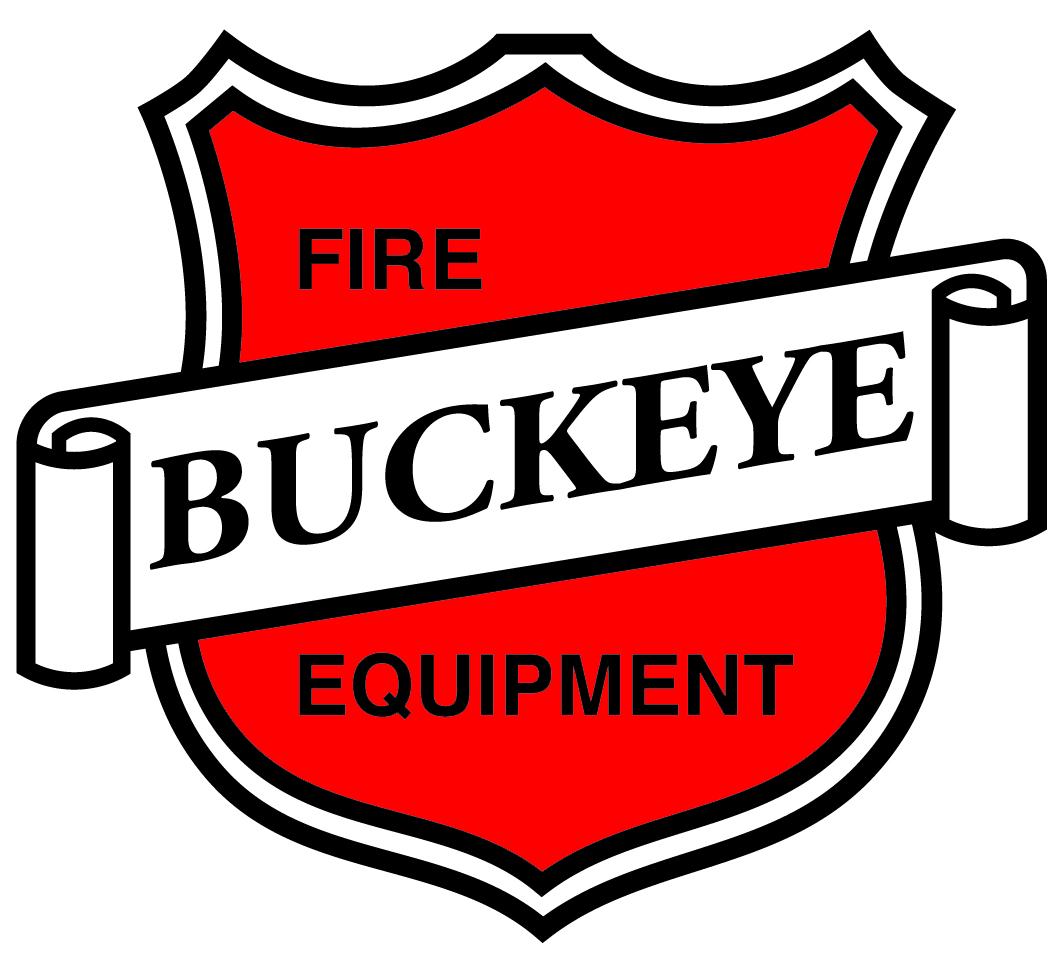





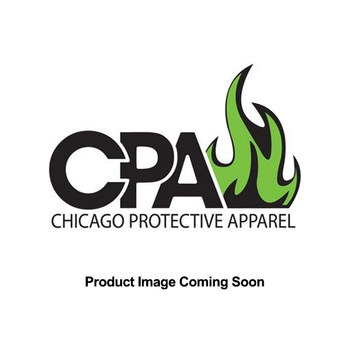



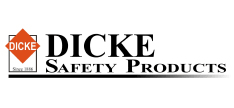
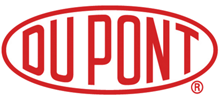























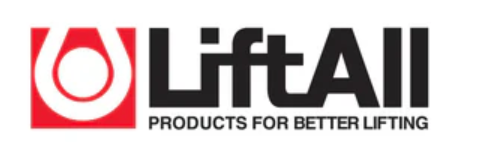





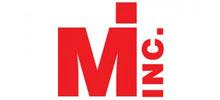





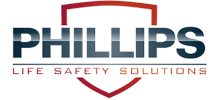








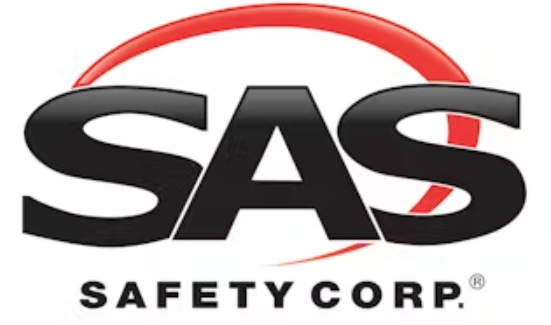
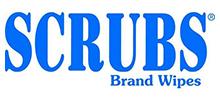
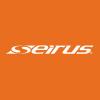











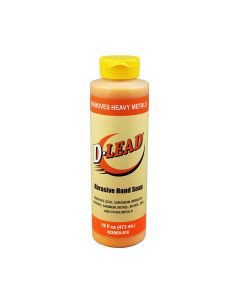

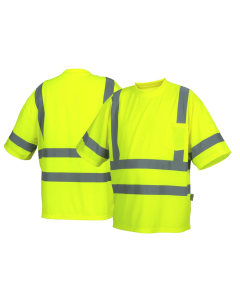


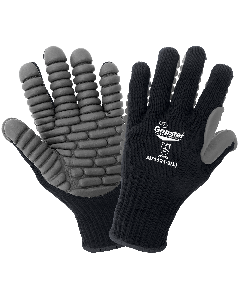
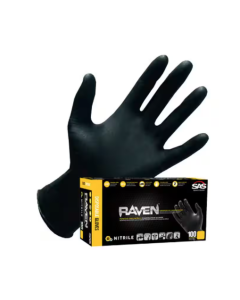



Validate your login